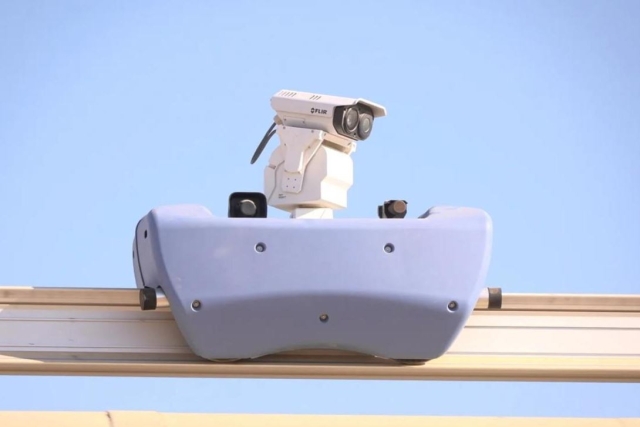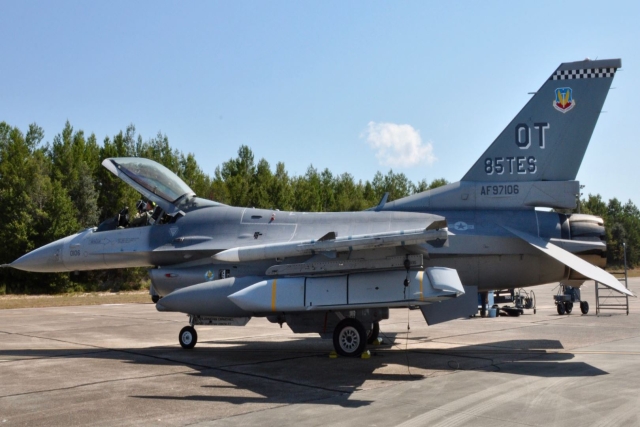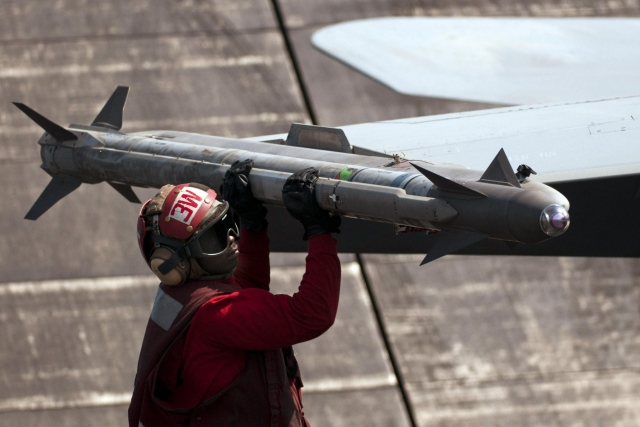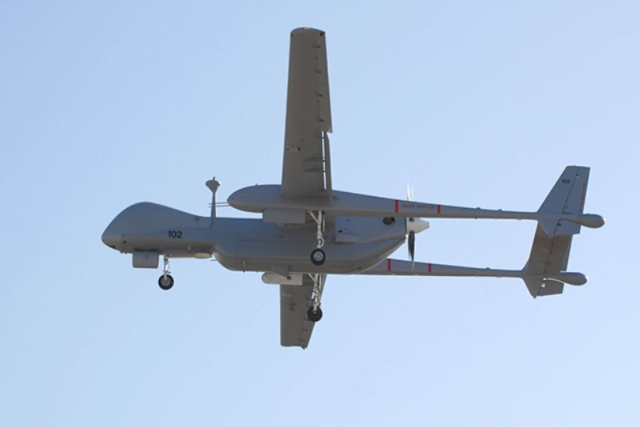Future for MiG Fighter Aircraft in India

Sergey Sergeevich Korotkov, CEO of RAC MiG
Defenseworld.net was part of a select media interaction with Mr. Sergey Sergeevich Korotkov, CEO of RAC MiG, the manufacturer of MiG fighter aircraft during the MAKS 2011 air show in Moscow. Mr Korotkov spoke on a wide range of issues including markets for the MiG aircraft now that it is out of the race for the MMRCA competition in India.
DW : How do you view your elimination from the Indian MMRCA competition?
Sergey Korotkov: We believe we had a good aircraft in the competition. Our MiG 35 met or exceeded all the parameters as set out in the Indian Request for Proposals (RFP). In fact, in certain crucial aspects such as weapons firing guided by the Active Electronic Scanning Array (AESA) radar, our aircraft scored a direct hit with the first shot. It is a robust aircraft fitted with the latest generation avionics and weapons guidance systems and is more than a match for the other aircraft in the competition.
DW : Are you satisfied with the MMRCA evaluation. If not will you take up the issue with the Indian authorities?
Sergey Korotkov: Our financial bid was the lowest but it was not considered before the shortlist was announced. In fact, we had been initially asked to submit the technical and financial bids as well as offset proposals at the time of responding to the RFP which we did. However, the shortlist was on the basis of the technical proposal while the financial proposal, which would have placed us at an advantage over other aircraft in the completion, was not opened. But we accept the decision of the Indian MoD as regards the MMRCA. We have been partners of the Indian Air Force and Hindustan Aeronautics Limited (HAL) for several decades now and have several ongoing projects to concentrate on.
DW : Which is your biggest project in India right now?
Sergey Korotkov: We are executing the MiG-29K/KUB carrier borne fighter aircraft project which is very important for the Indian Navy as it is scheduled to receive the refitted carrier Gorshkov from Russia by next year and also build several indigenous carriers. The MiG-29K/KUB has been specifically designed for day and night operations off a carrier. It is a new generation fighter and will be an important part of the Indian Navy in the decades to come. We are scheduled to complete deliveries of 16 fighters this year and have a follow-on order for 29 more fighters. So this is a large project and the Indian Navy is happy with the progress of the project so far.
DW : Tell us about the progress of the Indian MiG-29 upgrade project in India.
Sergey Korotkov: We have the MiG-29UPG project which a major upgrade of the existing MiG-29 fleet of the IAF. This is a major modernization with a new radar, avionics and weapons. Six of the aircraft will be modernized in Russia while the rest of the fleet will be modernized in India under transfer of technology.
DW : What is the future of the MiG-35 fighter which you had developed for the Indian competition? Is there any other buyer for it?
Sergey Korotkov: The Russian MoD has committed to order the aircraft for the Russian Air Force as part of its program to buy new fighters. The MiG-35 is one of the most modern aircraft in the world and has several leading technologies such as an AESA radar. We are also offering the MiG-29M, the land based version of the MiG-29K to another country for a possible sale, but for commercial reasons, the country cannot be disclosed. The future of MiG will be based on the success of the MiG-35 and the MiG-29K and M versions. Both these planes are vastly different from earlier generation MiG-29s which cannot be compared with these modern fighter machines.
DW : What do you think is the reason for the spate of accidents involving the MiG-21s in the Indian fleet?
Sergey Korotkov: Over the years, accidents involving MiG-21s have actually come down. There was an Indo-Russian committee which went into the crashes and we identified one possible technical reason which has been addressed to more than a year ago. The accident rate has come down substantially since then. In reference to a most recent accident in which a pilot lost his life, we have offered our services to help investigate the accident.










